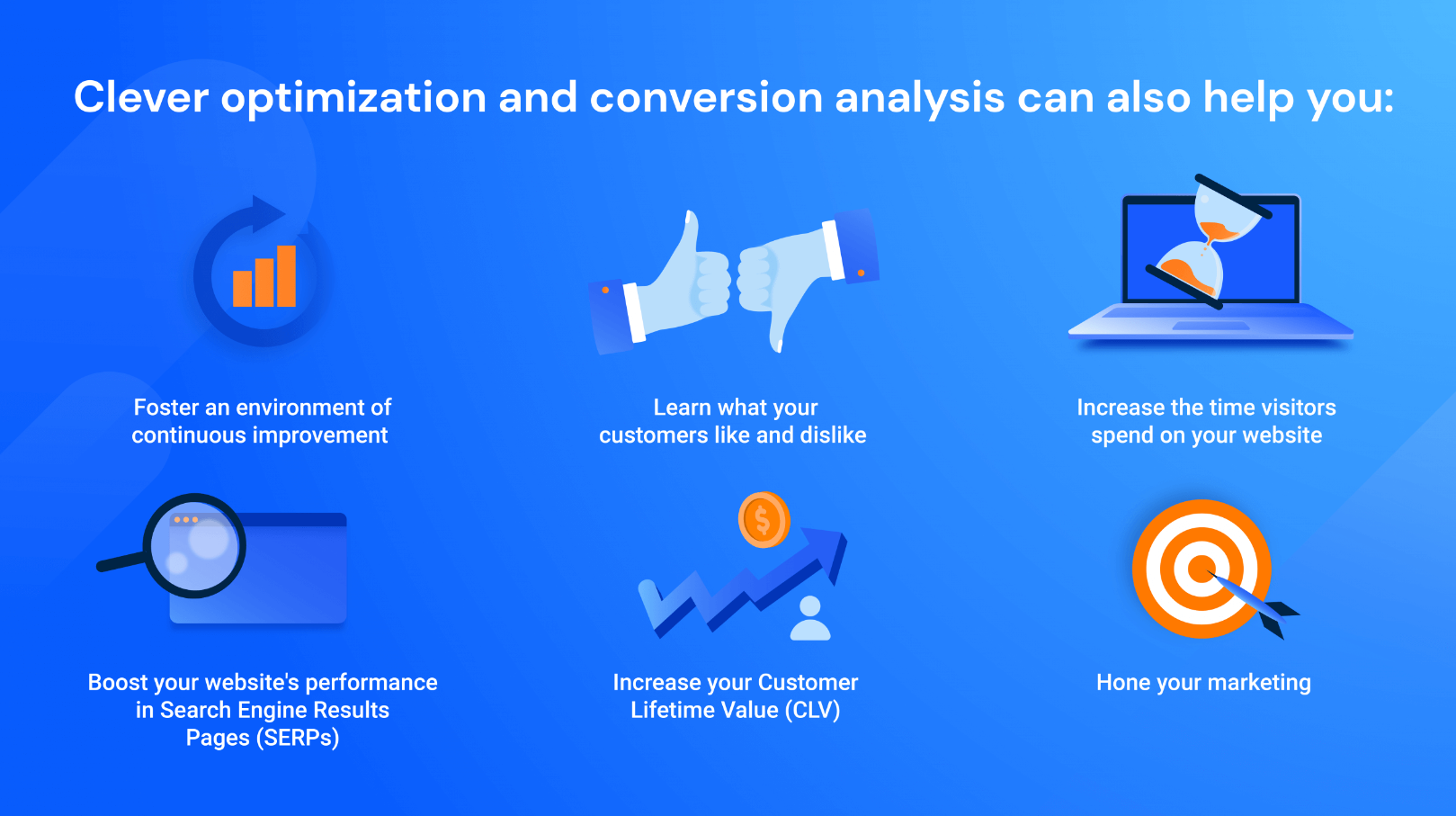In the rapidly High-Performance evolving landscape of online retail, e-commerce businesses are constantly seeking ways to stay ahead of the competition and drive higher sales and conversions. As consumer behaviors and preferences change, adopting strategies that prioritize high performance becomes paramount for sustained success. In this article, we delve into effective techniques that can significantly boost your e-commerce sales and conversions, ensuring your business thrives in the digital marketplace.
Optimized User Experience (UX)
The foundation of high-performance e-commerce lies in providing a seamless and intuitive user experience. A well-designed website with easy navigation, clear product categorization, and a fast-loading interface enhances user satisfaction and encourages longer browsing sessions. Incorporate responsive design to cater to mobile shoppers, ensuring a consistent experience across devices.
Personalization and AI Integration
Leverage the power of artificial intelligence to personalize user journeys. Analyze customer behavior and preferences to recommend products tailored to their interests. Implement AI-driven chatbots to offer real-time assistance and answer customer queries, enhancing engagement and improving conversion rates.
High-Quality Visuals and Product Descriptions
Compelling visuals and detailed product descriptions are essential in the e-commerce realm. High-resolution images and videos showcase products from different angles, helping customers make informed purchasing decisions. Clear and concise descriptions that highlight features, benefits, and specifications contribute to building customer trust.
Streamlined Checkout Process
A complicated checkout process can lead to cart abandonment. Simplify the checkout process by offering guest checkout options, enabling multiple payment methods, and minimizing the number of steps required. Implementing a progress indicator can also help users understand where they are in the process, reducing friction and increasing completion rates.
Social Proof and Customer Reviews
Positive customer reviews and testimonials serve as social proof, influencing potential buyers. Encourage satisfied customers to leave reviews and showcase them prominently on product pages. Address negative feedback professionally and promptly to maintain a positive brand image.
Abandoned Cart Recovery
Not all abandoned carts are lost opportunities. Implement an automated system to send reminder emails to customers who left items in their carts without completing the purchase. Offering incentives like discounts or free shipping can entice them to return and finalize their orders.
Data-Driven Insights and Analytics
Regularly monitor key performance indicators (KPIs) such as conversion rates, bounce rates, and average order values. Utilize analytics tools to gain insights into customer behavior, identifying areas for improvement and fine-tuning your strategies accordingly.
Influencer Collaborations and Social Media Marketing
Partnering with influencers who align with your brand can expand your reach and build credibility. Social media platforms offer a direct line of communication with your target audience. Engage users through compelling content, interactive posts, and limited-time offers to drive traffic and conversions.
Loyalty Programs and Retention Strategies
Retaining existing customers is as important as acquiring new ones. Implement a loyalty program that rewards repeat purchases and referrals. Offering exclusive discounts, early access to sales, and personalized offers can incentivize customers to keep coming back.
A/B Testing and Continuous Optimization
The e-commerce landscape is dynamic, and what works today may not work tomorrow. Conduct A/B tests to compare different strategies, from website layout to marketing campaigns. Continuous optimization based on data-driven insights ensures that you’re always adapting to the changing needs of your customers.
In conclusion, achieving high-performance e-commerce requires a holistic approach that focuses on enhancing user experience, personalization, and data-driven decision-making. By implementing these strategies, e-commerce businesses can create a strong foundation for sustained growth, increased sales, and improved conversion rates in the competitive online marketplace.

